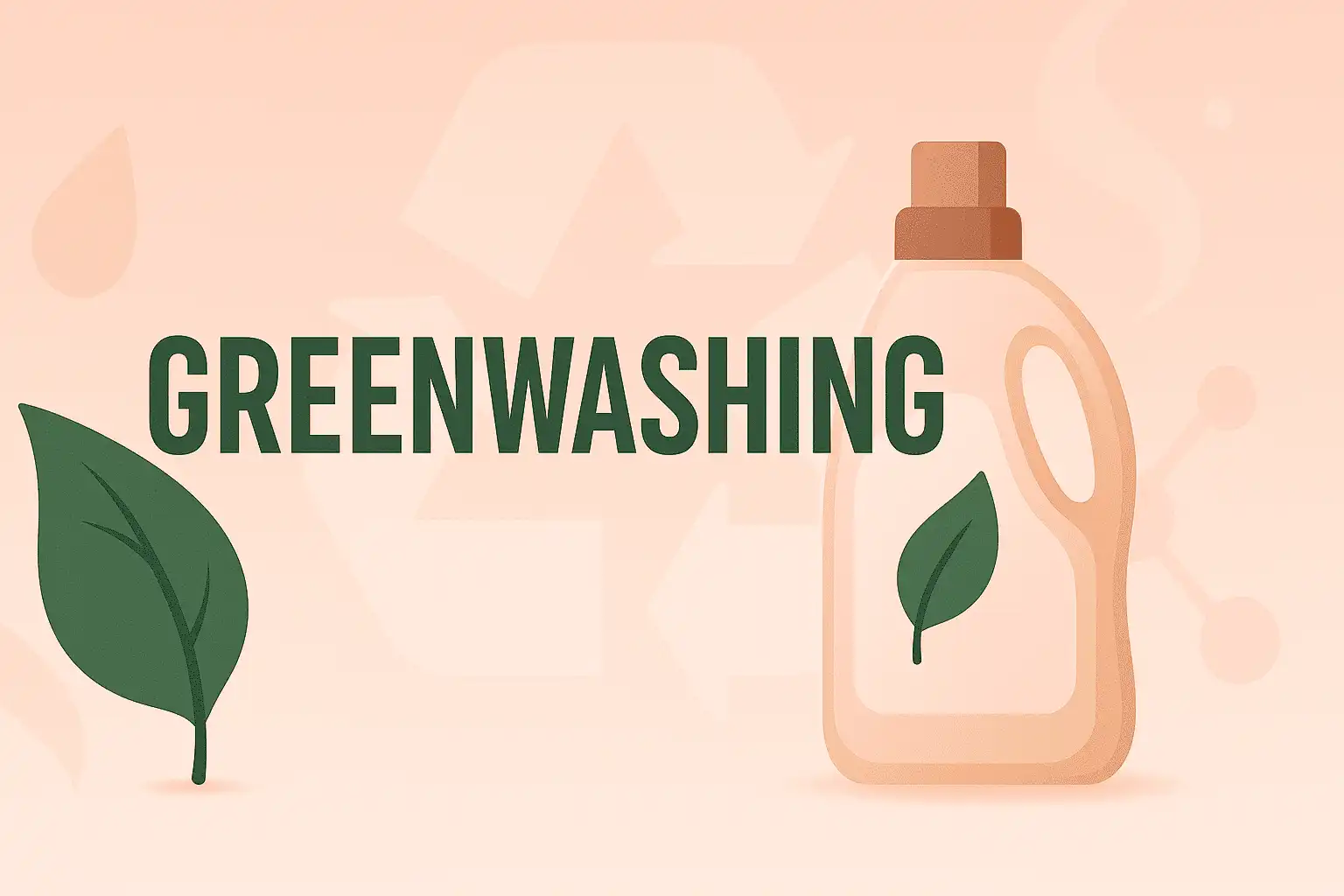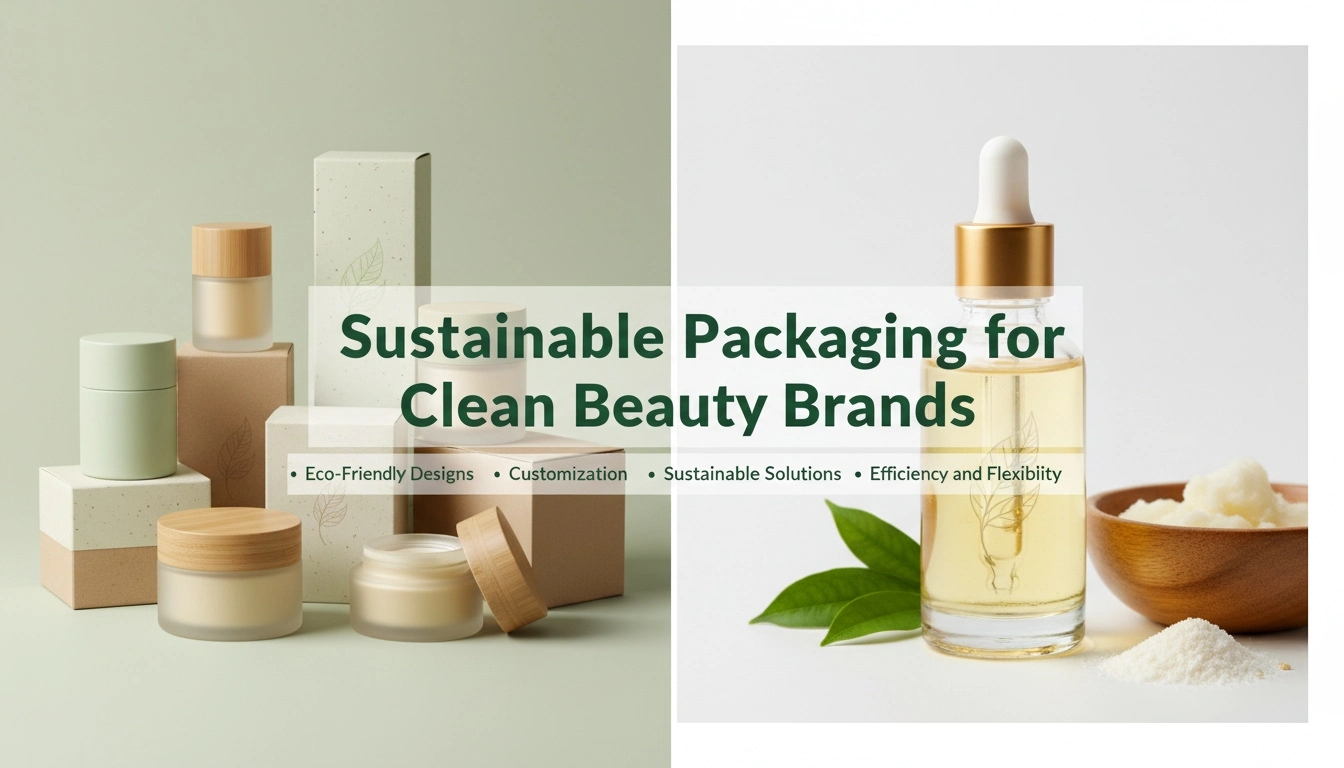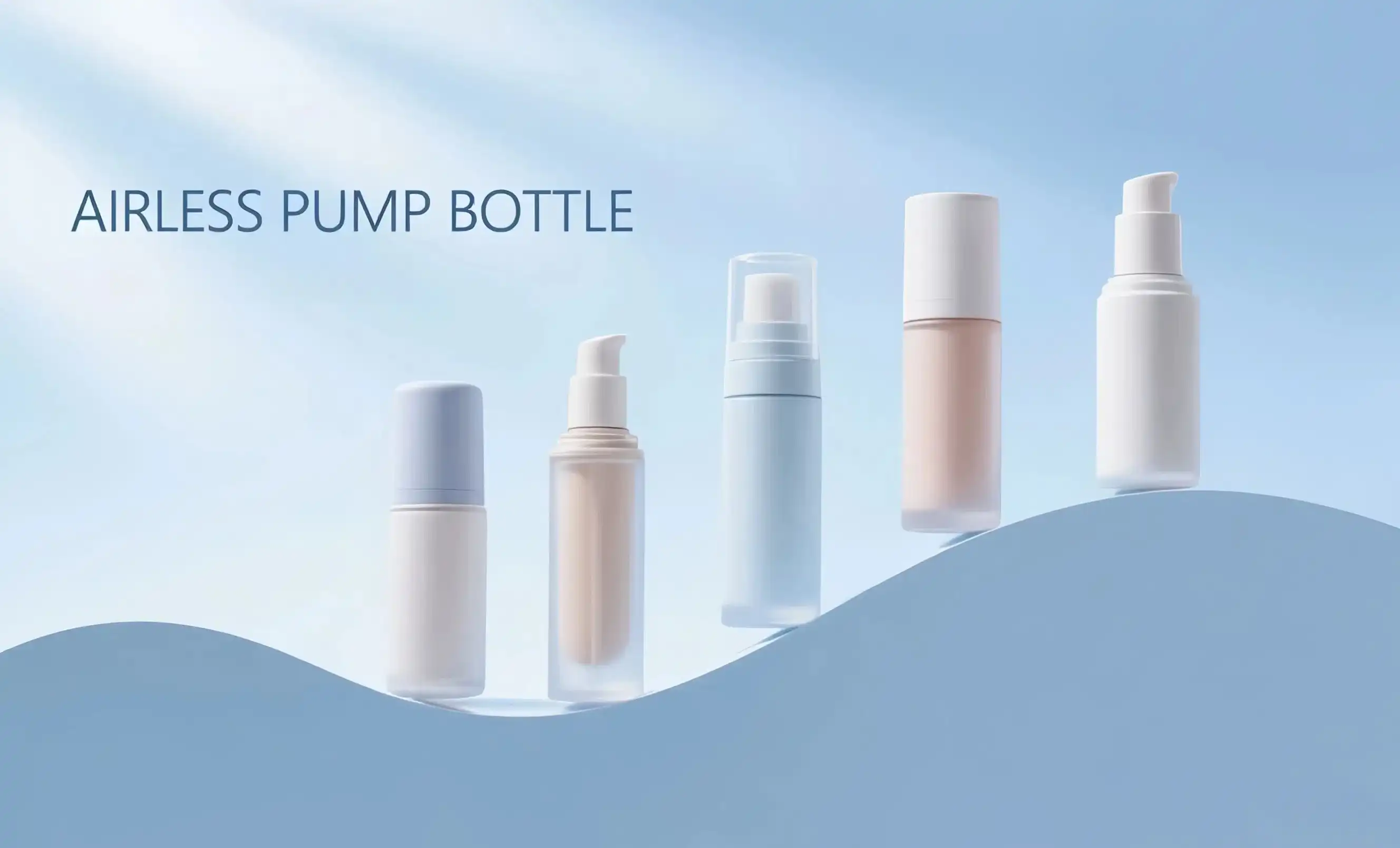Understanding "Greenwashing" in the cosmetics packaging industry
Greenwashing in the cosmetics packaging industry refers to the practice of making misleading or false claims about the environmental benefits of packaging materials or production processes. This deceptive marketing strategy aims to capitalize on the growing consumer demand for sustainable products without actually implementing meaningful eco-friendly practices.
Common greenwashing tactics in cosmetic packaging
Some common greenwashing tactics in the cosmetics packaging industry include:
- Using vague or ambiguous terms like "natural" or "green" without substantiation
- Emphasizing a single eco-friendly aspect while ignoring other harmful practices
- Making unverified claims about biodegradability or recyclability
- Using misleading imagery or colors to suggest environmental friendliness
- Exaggerating the percentage of recycled content in packaging materials
These deceptive practices not only mislead consumers but also undermine the efforts of genuinely sustainable companies and hinder progress towards true environmental responsibility in the industry.

How to identify fake eco-claims in product packaging? 5 Tips
To combat greenwashing and make informed decisions, consumers and industry professionals need to be vigilant. Here are five tips to help identify and avoid fake eco-claims in cosmetic packaging:
1. Look for specific and verifiable claims
Genuine eco-friendly packaging will provide clear, specific information about its environmental benefits. Look for quantifiable data, such as the percentage of recycled content or reduction in carbon emissions. Vague statements like "environmentally friendly" without supporting evidence should be viewed with skepticism.
2. Check for third-party certifications
Reputable eco-friendly packaging often carries certifications from recognized third-party organizations. Look for labels such as FSC (Forest Stewardship Council) for paper-based packaging, or certifications specific to plastic recycling. These certifications indicate that the packaging has undergone rigorous evaluation and meets specific environmental standards.
3. Assess the entire product lifecycle
Think about how the packaging will affect the environment during its whole life, from when it is made to when it is thrown away. A package that is really good for the environment should take into account several areas of sustainability, including where the materials come from, how they are made, how they are sent, and what happens to them after they are no longer needed. Be careful of statements that just talk about one thing and don't talk about any others.
4. Research the company's overall sustainability practices
Don't just believe what the package says; look into the company's other efforts to be more environmentally friendly. A company that really cares about the environment will have a whole sustainability plan that goes beyond merely packaging. You may find out about a company's environmental policies, aims, and successes by looking at their website or annual reports.
5. Be cautious of excessive green imagery
While eco-friendly packaging may incorporate green colors or nature-inspired imagery, excessive use of these elements without substantial environmental claims can be a red flag. Focus on the factual information provided rather than being swayed by visual marketing tactics.
Topfeelpack's zero-greenwashing promise in cosmetic packaging
Topfeelpack does not engage in greenwashing. We're dedicated to giving the beauty business packing choices that are truly eco-friendly. We pack in an eco-friendly way because we are open to new ideas and really want to take care of the earth.
Sustainable materials and production processes
Topfeelpack's packing supplies are made from eco-friendly materials like plastics that have been used before and can be recycled. Using less energy in our production is very important to us, and we work hard to cut down on waste in every part of our business. Our bottles don't hold air, so they keep food fresh longer and are better for the environment.
Verifiable environmental claims
We state that we are eco-friendly and back it up with proof from outside sources. Our packing choices meet the strict rules for the environment set by EU REACH, FDA, and CA Prop65. People can make smart decisions because we tell them a lot about how our items are good for the world.
Comprehensive sustainability approach
We care about the environment in more ways than just the things we buy. We think about how our product is made and how it is thrown away. On every step of the way, this method makes sure that our things hurt the world as little as possible.
Finally, it's important to know the difference between cosmetics that really try to be eco-friendly and those that are just trying to look green. If people who buy things and people who work in the industry know what "greenwashing" is and how to spot it, they can make better choices and aid in truly eco-friendly actions. You can still count on Topfeelpack to provide real eco-friendly airless bottle options that will help the makeup industry have a better future.
Are you a makeup, skin care, or beauty brand looking for eco-friendly ways to package your products? For eco-friendly makeup packaging, Topfeelpack offers quick customization, fair prices, and fast shipping. Our current airless bottles are made to keep things from touching air. This keeps them running well and makes them last longer. We can help your brand go green. Email us at pack@topfeelgroup.com right now to learn more about our eco-friendly airless bottles and how we can help.
References
- Smith, J. (2022). The Rise of Greenwashing in Cosmetic Packaging. Journal of Sustainable Beauty, 15(3), 78-92.
- Green, A. & Brown, B. (2021). Identifying Eco-Friendly Claims in Product Packaging: A Consumer's Guide. Sustainable Packaging Today, 8(2), 112-125.
- Johnson, M. et al. (2023). The Impact of Greenwashing on Consumer Trust in the Cosmetics Industry. Environmental Marketing Quarterly, 29(1), 45-61.
- Lee, S. & Park, H. (2022). Sustainable Packaging Solutions for the Beauty Industry: Challenges and Opportunities. International Journal of Cosmetic Science, 44(4), 401-415.
- Wilson, R. (2023). The Role of Third-Party Certifications in Combating Greenwashing. Sustainability in Packaging, 12(2), 89-103.
- Zhang, L. & Liu, Y. (2021). Consumer Perceptions of Eco-Friendly Packaging in the Cosmetics Sector: A Global Survey. Journal of Green Marketing, 18(3), 220-236.

 - 副本_1745399213966.webp)

_1747827716538.webp)

